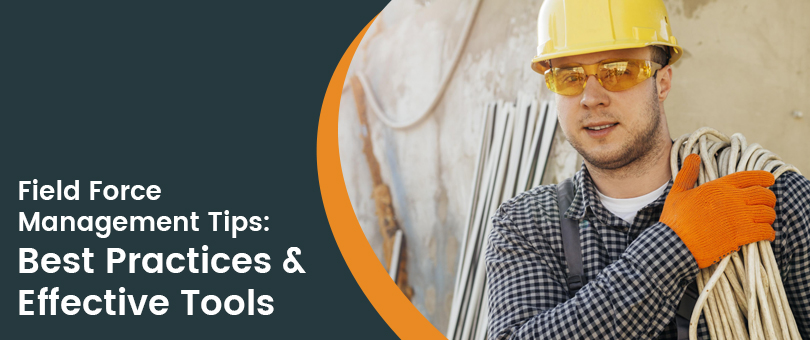In an era where security concerns are at an all-time high, safeguarding your home or business has become more critical than ever. Security camera installation is one of the most effective ways to deter crime, monitor activities, and ensure the safety of your property and loved ones. This article delves into the essential aspects of security camera installation, including its benefits, the installation process, choosing the right system, and maintaining your surveillance setup.
Why Security Camera Installation is Essential
Security cameras have evolved from simple monitoring devices to sophisticated systems that provide real-time surveillance, recording, and even integration with smart home devices. Whether you are looking to protect your home or business, the installation of security cameras offers numerous advantages.
Key Benefits of Security Camera Installation:
-
Crime Deterrence
Visible security cameras act as a deterrent to potential criminals. Knowing they are being watched significantly reduces the likelihood of criminal activities. -
Remote Monitoring
Modern security cameras allow you to monitor your property remotely through smartphones or computers, providing peace of mind when you are away. -
Evidence Collection
In the event of a crime, security cameras can capture crucial footage that can be used as evidence in investigations and legal proceedings. -
Increased Safety
Cameras placed in strategic locations can enhance the safety of employees, customers, and family members by monitoring high-risk areas. -
Insurance Benefits
Many insurance companies offer discounts on premiums for properties with security camera systems, as they lower the risk of theft and damage.
Choosing the Right Security Camera System
Selecting the right security camera system is crucial to ensuring comprehensive coverage and optimal performance. With a wide range of options available, it’s important to consider your specific needs and the features that best suit your property.
Types of Security Cameras:
-
Dome Cameras
These cameras are discreet and typically used indoors. Their dome shape makes it difficult for intruders to determine the camera’s direction, providing 360-degree coverage. -
Bullet Cameras
Known for their long-range capabilities, bullet cameras are often used outdoors. They are highly visible, serving as a strong deterrent to potential intruders. -
PTZ Cameras (Pan-Tilt-Zoom)
PTZ cameras can rotate, tilt, and zoom in on specific areas, providing flexible and dynamic monitoring. They are ideal for large spaces where wide coverage is needed. -
Wireless Cameras
Easy to install and relocate, wireless cameras offer flexibility and can be integrated with smart home systems. They are ideal for both indoor and outdoor use. -
IP Cameras
Internet Protocol (IP) cameras provide high-definition video and can transmit data over a network. They offer advanced features such as remote access, motion detection, and video analytics.
Key Features to Consider:
- Resolution: Higher resolution cameras provide clearer images, which are essential for identifying faces, license plates, and other details.
- Night Vision: Cameras equipped with infrared technology can capture clear footage in low-light or no-light conditions, ensuring 24/7 surveillance.
- Motion Detection: This feature triggers recording only when motion is detected, saving storage space and alerting you to potential threats.
- Storage Options: Consider whether you need cloud storage, local storage, or a combination of both for storing video footage.
- Field of View: A wider field of view allows a single camera to cover more area, reducing the number of cameras needed for comprehensive coverage.
The Installation Process: Why Professional Installation Matters
While DIY installation might seem appealing, professional security camera installation ensures that your system is set up correctly and functions optimally. Here’s why professional installation is the best choice:
Benefits of Professional Installation:
- Expert Assessment: Professionals can assess your property to determine the best camera placement for maximum coverage and effectiveness.
- Correct Installation: Proper installation is crucial to ensuring that cameras are securely mounted, positioned correctly, and free from obstructions.
- System Integration: Professionals can integrate your cameras with existing security systems, smart home devices, or access control systems, providing seamless operation.
- Technical Support: With professional installation, you gain access to ongoing support for any technical issues, system updates, or maintenance needs.
- Peace of Mind: Knowing that your system is installed by experts gives you confidence in its reliability and performance.
Steps in the Installation Process:
- Site Survey: A thorough assessment of your property to identify vulnerable areas and determine the optimal locations for cameras.
- System Design: Planning the layout and features of your security camera system based on your property’s specific needs and your security goals.
- Installation: Mounting the cameras, running cables (if necessary), and connecting the system to power sources and networks.
- Configuration: Setting up the system software, including camera settings, recording schedules, motion detection zones, and remote access.
- Testing: Ensuring all cameras are functioning correctly, providing clear footage, and that the system is accessible remotely.
Maintaining Your Security Camera System
Once your security camera system is installed, regular maintenance is essential to ensure its continued effectiveness. Here are some maintenance tips to keep your system in top shape:
Regular Maintenance Tips:
- Clean Camera Lenses: Dust and debris can accumulate on camera lenses, reducing image clarity. Regularly clean lenses with a soft cloth to maintain clear footage.
- Check for Obstructions: Ensure that cameras are not blocked by new obstacles, such as growing vegetation or construction.
- Update Firmware: Keep your camera’s firmware updated to benefit from the latest features, security patches, and performance improvements.
- Test Connectivity: Periodically check that all cameras are connected to the network and that remote access is functioning properly.
- Inspect Cables and Connections: For wired systems, inspect cables for wear and tear, and ensure all connections are secure.
Conclusion: Securing Your Property with Confidence
Investing in a security camera system is a proactive step towards protecting your property, whether it’s your home or business. With the right system and professional installation, you can deter crime, monitor activities, and have peace of mind knowing that your property is secure. Remember that ongoing maintenance is key to ensuring that your security cameras continue to perform at their best, providing you with reliable surveillance and protection.
FAQs
1. How do I choose the best security camera system for my property?
Consider factors such as the size of your property, the areas you want to monitor, your budget, and the features you need, such as resolution, night vision, and motion detection.
2. Why should I opt for professional security camera installation?
Professional installation ensures that your system is set up correctly, providing maximum coverage and optimal performance. It also includes system integration and ongoing technical support.
3. What are the benefits of wireless security cameras?
Wireless security cameras are easy to install and relocate. They offer flexibility and can be integrated with smart home systems for remote monitoring and control.
4. How often should I maintain my security camera system?
It’s recommended to perform maintenance checks every few months. This includes cleaning lenses, checking for obstructions, updating firmware, and testing system connectivity.
5. Can security cameras work in low-light conditions?
Yes, cameras equipped with night vision or infrared technology can capture clear footage in low-light or no-light conditions, ensuring 24/7 surveillance.




